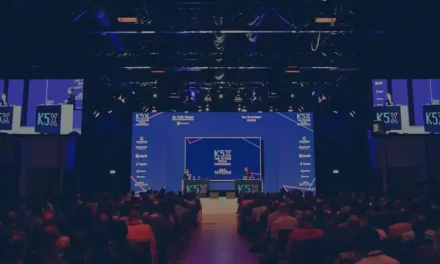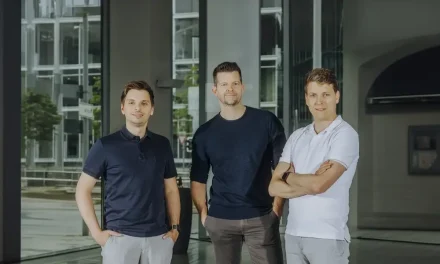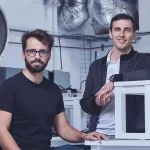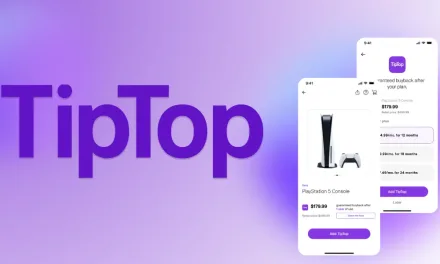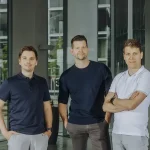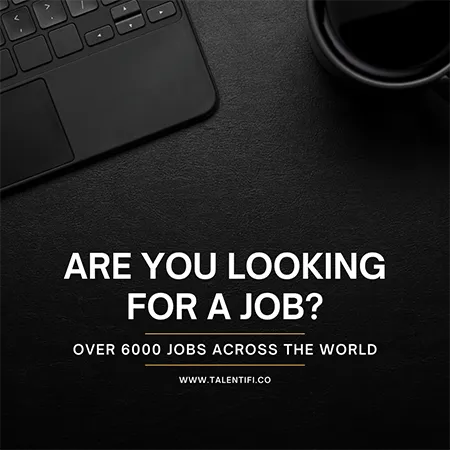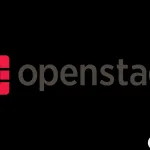
Starpath Robotics: Mining Moon & Mars for Fuel
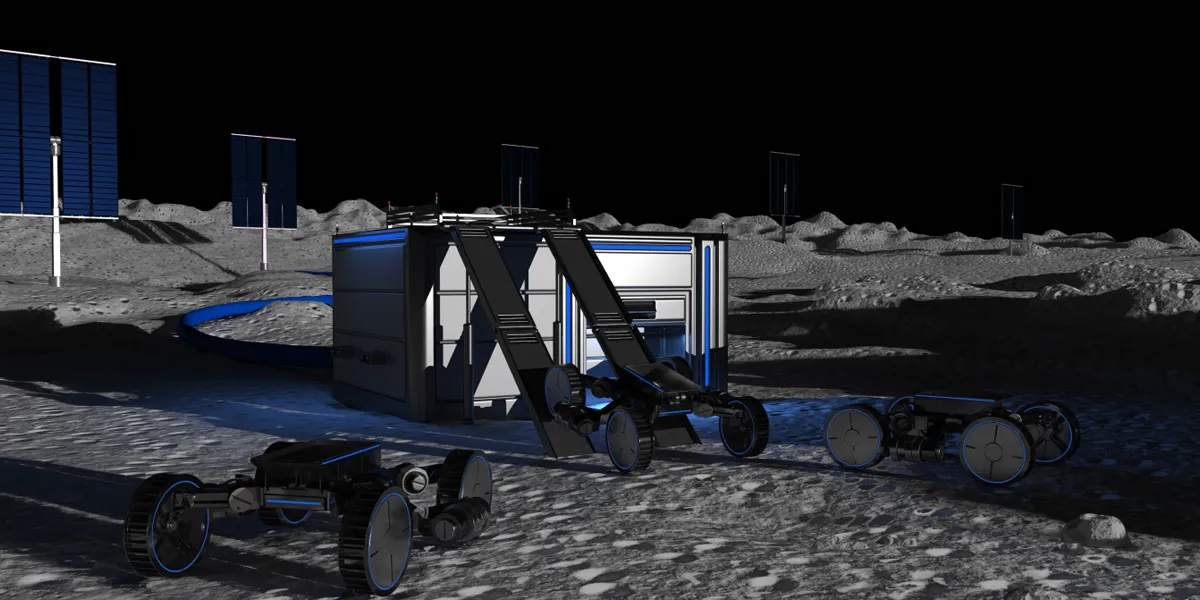
Starpath Robotics plans to design, launch, and operate machines for mining and refining water for rocket propellants on the moon and Mars using resources from those planets. Hummingbird Ventures and Valhalla Ventures are the primary donors to Starpath’s $2.5 million pre-seed fundraising round. In addition, they’ve expressed interest in the company’s goals.
Starpath Turning Water into Rocket Fuel
Water is a usual resource in rocket fuel production. It comprises liquid oxygen and combustible fuels like hydrogen, kerosene, or methane. Moreover, the abundance of water on the moon and Mars’ surfaces has led to the use of these resources to create space fuel and develop a self-sustaining human colony off-world. Starpath plans to transport a fleet of 50 mining machines across the moon and dig up vast amounts of soil. This will be processed into water and divided into constituent atoms at a refinery or processing facility.
Starpath is developing a solar array to create rovers and vehicles capable of living in hostile water-rich locations on the moon, such as the lunar South Pole. The solar array will be deployed alongside processing units on the summits of the South Pole, which are in near-permanent sunshine. Mining machines will move from the water-rich craters to the refinery. From there, they’ll discharge material and recharge using the solar array. Furthermore, refineries will transport liquid oxygen to underground Teflon containers, where it undergoes a conversion into fuel.
SpaceX adopts a “bring your own methane” approach by storing methane, a key component of Starship propellant. Cost savings would be significant due to LOX propellant. CEO Saurav Shroff envisions methane production on Mars from the planet’s carbon-rich atmosphere. Shroff stated that one can arrive on Mars with an empty tank and a boatload of goods, refuel, and return to Earth.
Starpath’s Multi-Faceted Space Market Strategy
Starpath targets three main consumer groups. The first category includes smaller firms developing water-based spacecraft and in-orbit refueling companies. The second category includes rendezvous-landers capable of landing on the moon, lifting off, and docking with orbiting spaceships. The third category includes Starships class vehicles. Furthermore, offering its product to a broad range of clients is one way the company aims to generate large profits.
Shroff stated that scaling a system to generate propellant capable of being eaten by a massive Starship can significantly reduce unit cost. However, when selling to consumers who consume 100 kilos but are willing to spend seven or eight figures, the cost per kilo becomes significantly higher than that of kilo-production.
The business is on a commercial lunar Starship before 2028 for two reasons. The first is to transfer all machinery to the moon. The second is to serve as clients for Starship and its customers, as stated by Shroff. The business aims to demonstrate system operation in a terrestrial environment within 24 months and to have the mining and refinery system operational by the end of the year. Starpath is looking for engineers to transition from zero to functioning on the moon’s surface. The firm employs four full-time workers and a few technical engineers to reach ten within four years.

